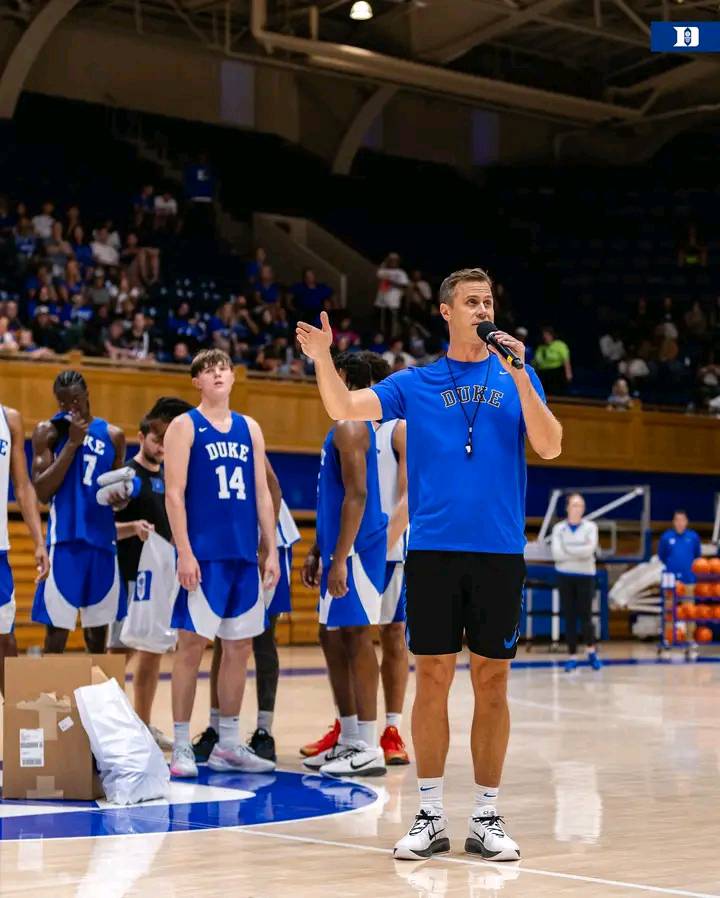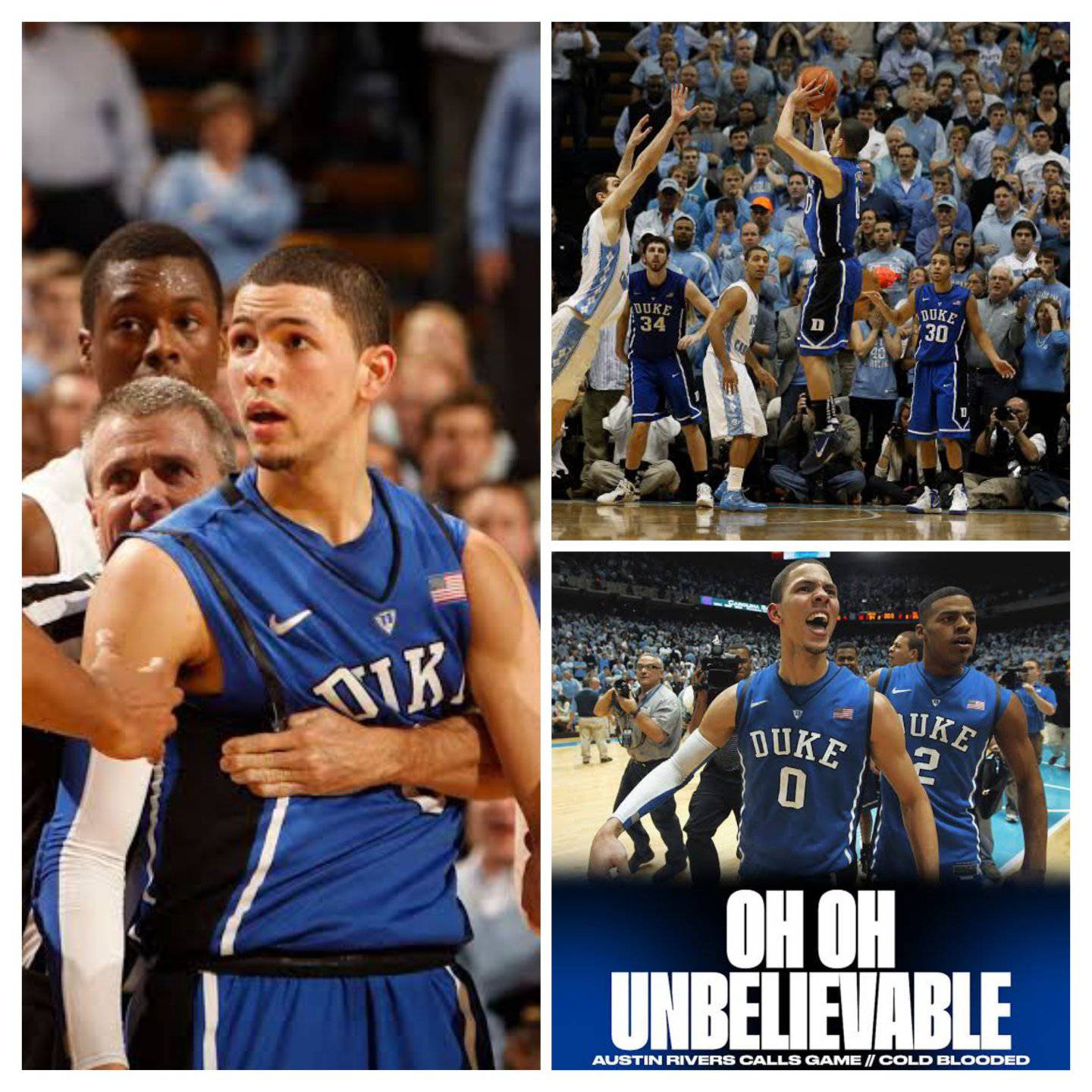Auburn Tigers May Have Found Their Next Star in the Backfield as Newcomers Compete to Answer Running Back Question in 2025
The Auburn Tigers are no strangers to elite running back play. From Bo Jackson and Cadillac Williams to Tre Mason and Kerryon Johnson, the program has long been a breeding ground for NFL-caliber talent in the backfield. As the 2025 season looms, Auburn is once again facing a pivotal question — who will emerge as the next lead back in a system that thrives when it has a true bell cow? With several new faces entering the fold, the spotlight is now fixed on the team’s newcomers, and there’s growing belief that one of them may indeed be the answer Auburn needs to reignite its rushing attack.
Head coach Hugh Freeze and his staff made it a point of emphasis during recruiting to bolster the running back room with versatile, dynamic talent. While returning players bring experience and familiarity, Auburn’s newcomers offer something different — explosive upside, fresh legs, and a hunger to prove themselves. And as fall camp unfolds, it’s becoming more apparent that these new additions are not only pushing the veterans, but potentially positioning themselves to take over the starting role.
Among the names generating buzz early in camp is true freshman Jakaleb Faulk, a four-star recruit with size, speed, and vision that jumped off the tape in high school. Faulk has impressed coaches with his maturity, work ethic, and ability to quickly absorb the playbook. More importantly, he’s been flashing in team drills and scrimmages, showcasing a level of burst and cut-back ability that is hard to teach. He’s not just a straight-line runner — he possesses the lateral quickness and patience needed to operate behind an offensive line still developing cohesion.
Faulk’s emergence has naturally raised comparisons to other freshman backs who burst onto the scene in Auburn’s past. While it’s far too early to crown him the next great Tiger runner, the signs are encouraging. Coaches and teammates alike have noted his competitive drive and humility, two traits that often predict long-term success. And with Auburn needing someone who can create plays even when blocking breaks down, Faulk could be that elusive back capable of turning two-yard gains into 12-yard bursts.
Another newcomer in the mix is JUCO transfer Omarion Jackson, who brings a different type of energy and physicality to the position. Jackson is built like a bruiser, standing over six feet and tipping the scales at nearly 220 pounds. He thrives on contact, excels in pass protection, and has a nose for the end zone. What he lacks in breakaway speed, he makes up for in short-yardage consistency and goal-line reliability. In a league as physical as the SEC, having a back who can move the chains in third-and-short situations is invaluable.
Jackson’s experience at the junior college level also sets him apart from younger backs. He’s been through adversity, played in hostile environments, and understands what it takes to earn carries. In early scrimmages, he’s been used as both a red-zone option and a blitz pickup specialist — a clear sign that the coaching staff sees him as someone who can contribute immediately, even if not as the every-down starter. His presence gives the backfield versatility and a potential thunder-and-lightning pairing alongside a quicker, shiftier back.
Of course, it’s not just about raw talent. The Tigers’ running back competition is shaped by Freeze’s offensive philosophy — a system predicated on tempo, spacing, and misdirection. Backs are expected to be more than just ball carriers. They must catch passes out of the backfield, pick up blitzes, and stay ready for motion-based formations that demand quick adjustments. In this context, mental sharpness is just as crucial as physical gifts.
That’s where another freshman, Devin Ross, has quietly begun to separate himself. Known more for his pass-catching prowess than traditional rushing ability, Ross brings a skillset reminiscent of a hybrid slot receiver. His ability to line up wide, run crisp routes, and pose matchup problems for linebackers has made him a potential third-down weapon. While he may not start the season as RB1, Ross could earn significant reps in passing packages, especially in uptempo situations where mismatches can be exploited.
The intrigue surrounding Auburn’s running backs also reflects the overall pressure on the offense heading into 2025. After a 2024 campaign that showed flashes of potential but lacked consistency, Freeze and offensive coordinator Philip Montgomery are determined to build a more balanced, explosive attack. That means re-establishing the run game as the foundation — something that was often missing last season. The Tigers struggled to impose their will against top-tier defenses, particularly in the second half of games. Fatigue, missed assignments, and a lack of explosive runs contributed to stalled drives and frustrating losses.
That can’t happen again. If Auburn is to climb back into SEC contention and exceed its projected win total, the ground game must be reliable, if not dominant. And that’s why finding the right back — or combination of backs — is so critical. Whether it’s Faulk, Jackson, Ross, or another freshman stepping up, someone needs to seize the moment and become the face of the backfield.
It’s also worth noting the impact that the offensive line will have on this competition. Auburn’s line, bolstered by key returners and a couple of impactful transfers, has the potential to be much improved. If they can create consistent push and stay healthy, the running backs — regardless of age — will have more room to operate. The line’s chemistry is still developing, but reports from camp indicate they’re trending in the right direction. A strong offensive line could turn a good back into a great one, and give Freeze more flexibility in play-calling.
Behind the scenes, running backs coach Carnell “Cadillac” Williams remains a crucial figure in developing the unit. A former Auburn legend himself, Williams brings a unique perspective to the role, blending old-school toughness with modern-day coaching techniques. His guidance will be instrumental in helping the newcomers adjust to the speed and physicality of SEC football. Williams is known for demanding the best from his players, and he’s not afraid to challenge them. If a freshman or transfer wins the job, it will be because they earned it through consistent effort, attention to detail, and a relentless mindset.
For now, Auburn fans can only watch and wait as the competition plays out during the remainder of fall camp. There’s a buzz building around this new generation of backs, and the potential for a breakout season is very real. But as history has shown, potential alone isn’t enough. The SEC is unforgiving, and only the toughest, most prepared players thrive. Whoever rises to the top of this group will do so by proving they can withstand the grind of a long season, the scrutiny of a passionate fanbase, and the relentless challenges of weekly SEC warfare.
Could one of the newcomers be the answer for Auburn at running back? Based on early signs, the answer appears to be yes. Whether it’s the explosive Faulk, the powerful Jackson, the versatile Ross, or another name not yet in headlines, the Tigers have options. And that’s a good problem to have. Competition breeds excellence, and this battle could set the tone for Auburn’s offensive resurgence in 2025.
What’s clear is that Auburn’s backfield is entering a new era — one filled with fresh energy, untapped potential, and a hunger to carry the torch of greatness that has defined the program’s rich running back legacy. If one of these newcomers can rise to the occasion, the Tigers may once again have a game-changer in the backfield — and with it, a clearer path toward success this fall.



